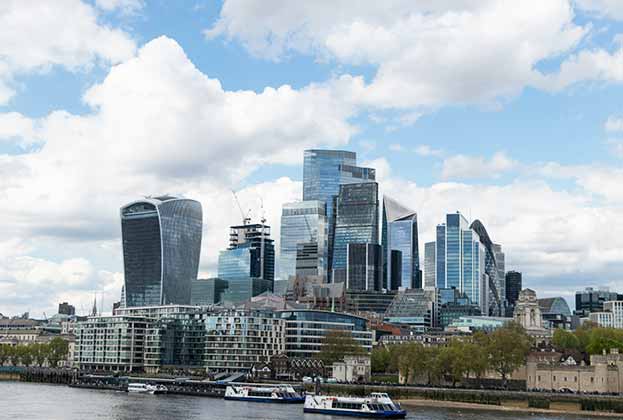As we continue to gradually lift lockdown restrictions caused by the Covid-19 global pandemic, there are those who are rushing to call the next investment trend in the property sector, and no less so than in London where commercial assets have been a target for international capital more than ever in recent years.
However, we should be cautious. These are unprecedented times, and we are only four months in, let’s not forget. I say this as someone who, in 35 years of advising on London’s investment market, has not only worked through a number of economic recessions but just as many market highs that have elevated the UK capital into a global gateway city and international investor magnet.
We can take comfort from London’s track record of bouncing back from shocks, large and small. It will again, I’m sure.
The immediate/short-term effect of Covid-19 and an economic downturn sees businesses reevaluate their balance sheets and considering how and where their workforce operate from is part of this. Homeworking has been widely adopted largely successfully, but as social creatures who want to interact, office attendance will resume.
When and how this happens principally depends on just how quickly we find and manufacture a vaccine and, while the signs are encouraging, this will take time.
In a city such as London where there is great reliance on public transport, particularly compared with other gateway cities, a means of ensuring the city’s workforce can travel to the office safely will be central to all meaningful discussions around how we learn from the pandemic and develop, invest and build in the future.
London’s commercial property values are holding strong for now, buoyed by the ongoing weight of capital that continues to value the city’s property market as a safer haven relative to other investment markets.
At the very top of the market, core/core-plus office buildings continue to attract pre-Covid prices, while value-add development and refurbishment opportunities which are perceived as higher risk have shown encouraging resilience.
Yet the market we are operating in has condensed vastly. We have already seen a far greater drop in turnover levels than in the Global Financial Crisis (GFC). In the second quarter of 2020, which largely mirrors the UK’s period of strict lockdown, only £579 million was transacted across Central London, a market that saw almost 11 times that in the record highs of Q2 2018 (see table, below).
During the GFC, quarter-to-quarter turnover in Central London never fell below £600 million. The difference this time around is that we’re not in a debt crisis. Vendors have the option to sell and as a result many are choosing to hold onto their assets. Those investors looking for distress are unlikely to find it in Central London unless assets are weighted to retail and F&B.
Of course, buyers will test the market in the next six to 12 months across prime to speculative assets, but continued international investor interest suggests any downward movement on values will be limited by ongoing competition for opportunities.
The 200 basis point delta that exists between London and other key European city yields suggests London is good value to international investors regardless. Prioritising the opening up of business travel will make it easier for the investment market to operate and could allow the commercial property sector to benefit from similar pent-up demand to that seen for UK residential property since lockdown eased.
.jpg)




.jpg)

.jpg)


